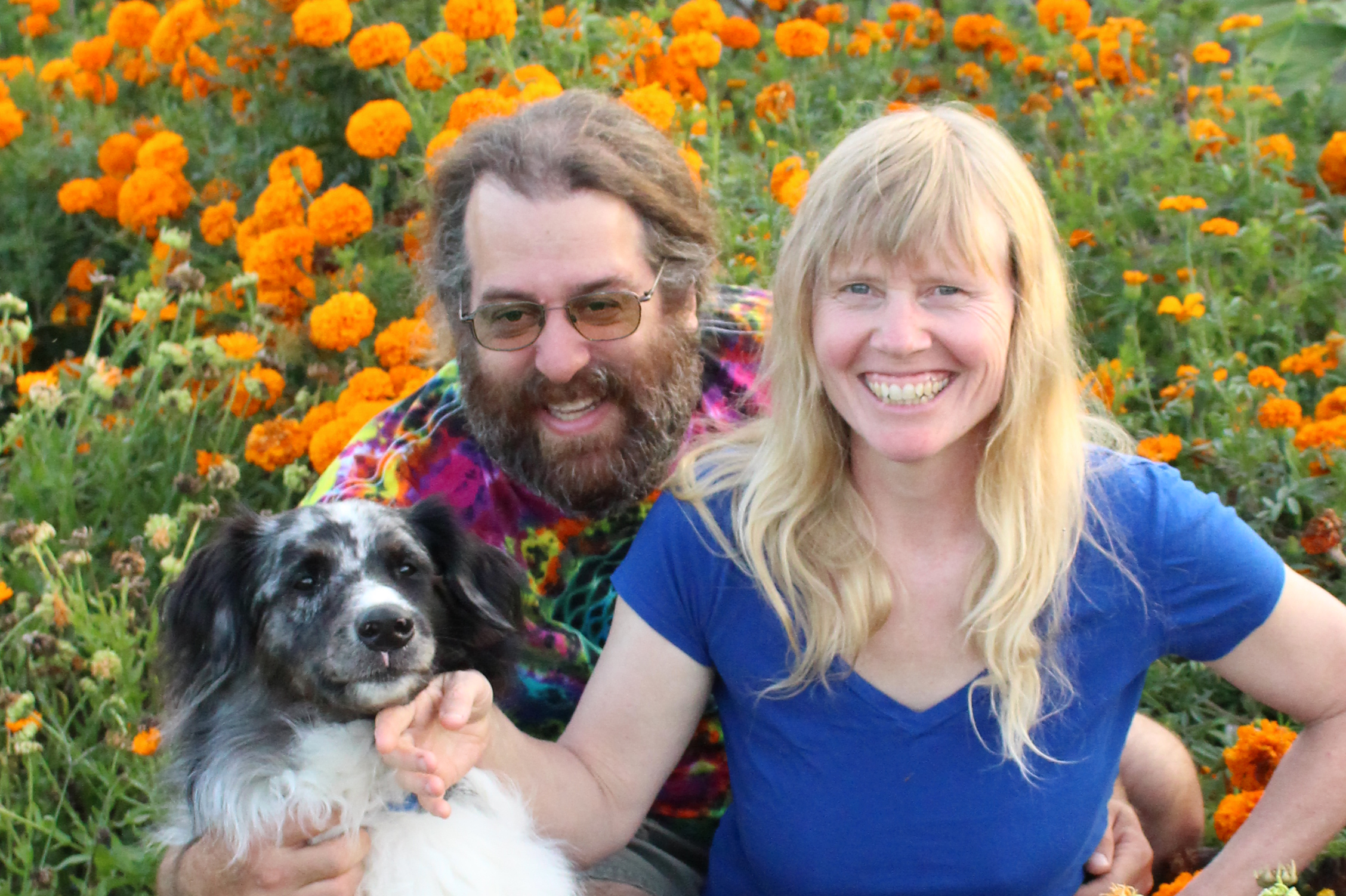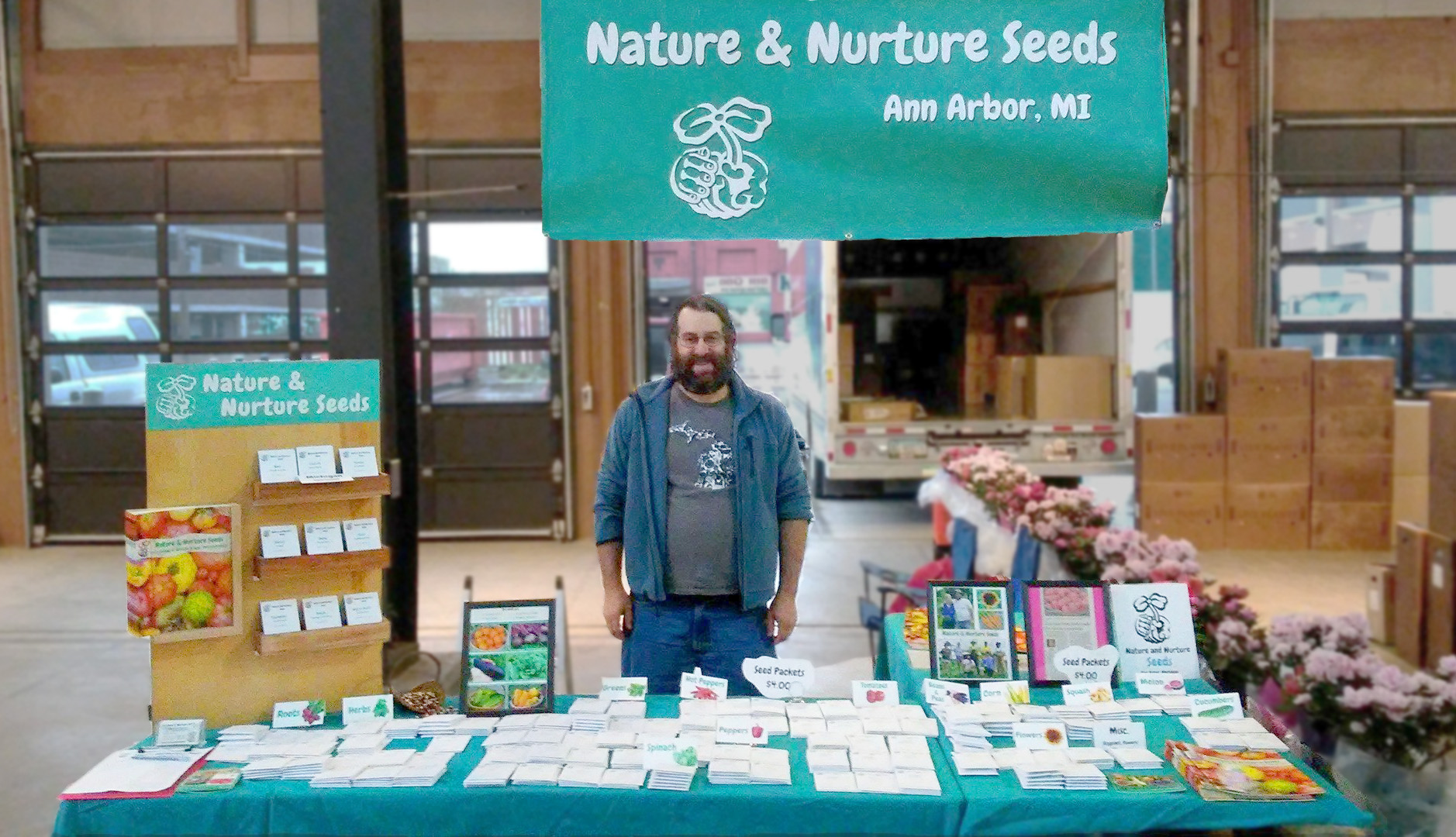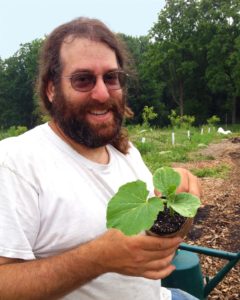
Apr 16, 2021
Organic seeds, landscaping and farm all part of Michigan’s Nature & Nurture
Even with two decades of organic landscaping under their belt, Mike Levine and Erica Kempter are still energized, expanding, and innovating.
And most importantly, committed to organic.
The two started their business, Nature and Nurture LLC, in 2001. They have since grown into a regional leader, gaining the respect of the greater Ann Arbor, Michigan community in the process.
Design, installation and landscaping maintenance remain the foundation of their business, but many interesting, related opportunities have developed over the years.
“We wear 10 different hats. We do a lot of different things,” Levine said. “They look to us to set the bar around here.”
As their business grew, they purchased land that became Nature and Nurture Farm. The family bought the property next to it, increasing its size to more than 120 acres overall. Levine and Kempter converted the former conventional farm, only 12 minutes from downtown Ann Arbor, to organic production.
So with organic landscaping and organic farming in their portfolio, the couple turned to organic seeds. Nature & Nurture Seeds was born about 10 years ago.
They offer heirloom and organic vegetable, flower and herb seeds that are “adapted to the Great Lakes region, Midwest and beyond,” according to their website.
After extra promotion of the seed business on the conference circuit, the COVID-19 pandemic hit. Suddenly, their seed sales shot up significantly. Nature and Nurture Seeds saw a 400% increase in sales last year.

“Last year our sales were just through the roof,” Levine said. “We went from a small seed company to a medium seed company.”
Ecological drainage and water management
Despite those competing interests, Levine and Kempter still help clients create environmentally sustainable landscapes and ensure they support the idea of land stewardship.
One such way is through sharing ecological drainage and water management best practices.
Levine said as the population density has increased in the Ann Arbor area, so has flooding. With more and more impervious pavement being added, rainwater doesn’t percolate down through the ground and instead runs off quickly into the storm drains and the river, overwhelming it.
A popular solution in Ann Arbor right now is building rain gardens, depressed areas in a landscape that collect rainwater and allow it to slowly soak in the ground, Levine said.
The rain gardens prevent water from rushing downhill during storms, but at first leave some standing water on your property.
“You are really doing it more for your neighbor than yourself,” he said. “If everyone had a rain garden, it would be great.”
Levine said the rain gardens need time to mature and when they do, they drain faster and more effectively.
“It’s amazing how at first they don’t seem to work so well,” he said.
Rain gardens also offer a chance to restore native plants to a landscape, versus the conventional landscaping approach of selecting plants based solely on looks and then force-fitting them to grow there.

“When possible, we use native plants in our landscapes because they are perfectly adapted to growing conditions here in southeast Michigan,” Levine and Kempter wrote on their website. “They serve various important ecological functions including adding biological diversity to oversimplified landscapes and providing food for native butterflies, pollinators and birds.”
Another option to consider are swales, which basically look like irrigation channels.
Using the Keyline Design, a grower rips a very narrow, shallow trench along the contour of the slopes on the property so there are no directional flows. This spreads the water out instead of concentrating the water in one spot, Levine said. Slowing down the advance of the water, allows the water to absorb into the land, preventing flooding and erosion.
Levine said he recommends the book “Restoration Agriculture” by Mark Shepard to anyone who wants to learn more about using the Keyline Design to create swales.
Finally, planting hedgerow trees and shrubs can help with ecological drainage and water management, Levine said. They excel at catching and storing water in their root systems.
Levine said the level of moisture in the area determines what he recommends. In general, he always thinks of edible plants first so he suggested researching Elderberry, Hazelnut, Pawpaw and native Blackcurrant as viable options.
It’s important to understand the height of the plants, however, when planning hedgerow trees and shrubs.
“You are going to end up losing the short stuff beneath,” Levine said. “You have to really think about how tall the species get.”
Keeping organic at the forefront
Levine warned many ecological restoration companies will restore natural environments at a hidden cost.
“Most people that practice ecological restoration are not organic,” Levine said. “They rely heavily on the use of herbicides.”
He pointed to invasive species as an example. Instead of pulling the plants out by hand, often companies use herbicides and cite studies that suggest soil disturbance could create room for more invasive species.
“I always felt like that was a bit of a cop out,” Levine said. “They just weren’t trying hard enough.”
Looking ahead, Nature and Nurture is committed to remaining organic and keep sharing their passion with the community around them.
“We use organic practices which means that we do not use synthetic fertilizers and pesticides,” Levine and Kempter wrote on their site. “We view landscapes as ecosystems and use ecological principles to guide our work.”









